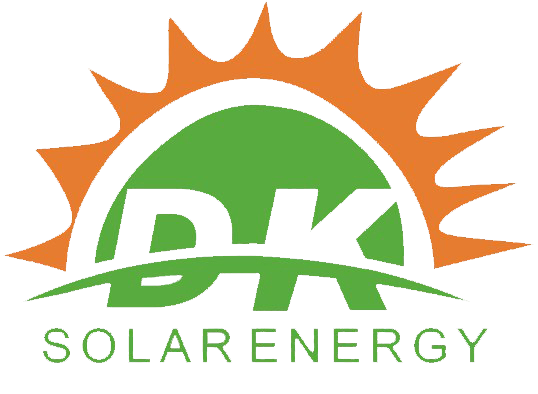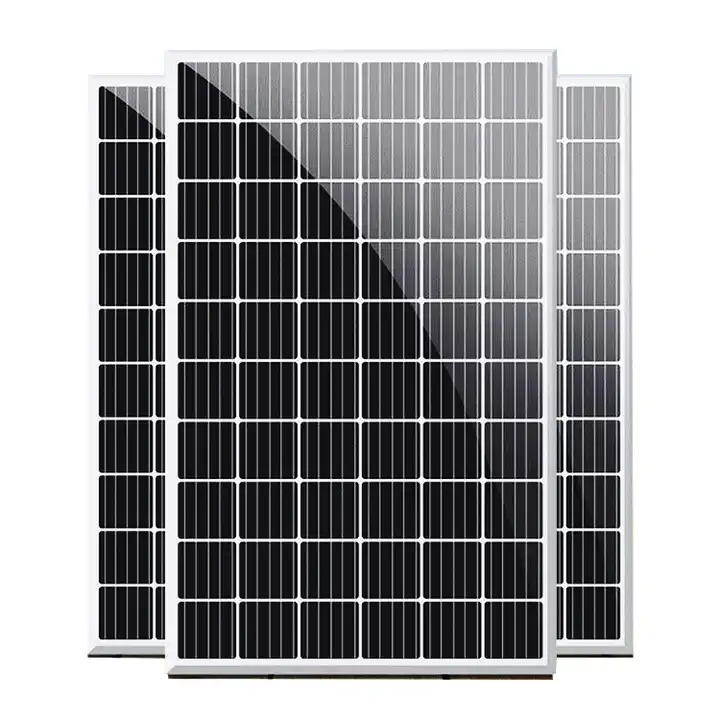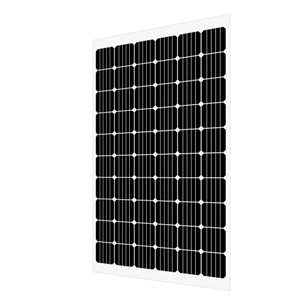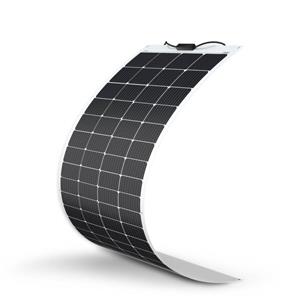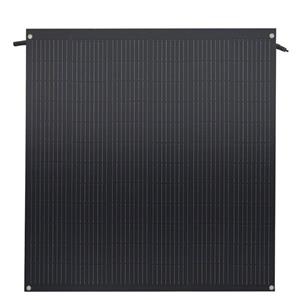-
1803-2025
Recommended Photovoltaic New Materials and Market Prospects
In 2025, photovoltaic new materials such as perovskites, organic photovoltaics, and quantum dots are driving industry transformation. Perovskite solar cells have achieved efficiencies exceeding 25% and entered mass production, with a projected 10% market share within three years. Organic photovoltaic materials have been commercialized, advancing the flexible electronics market. Quantum dot materials are widely used in high-efficiency solar cells, with breakthroughs in non-toxicity accelerating their commercialization. Two-dimensional materials like graphene have boosted module efficiency by 15%. Global photovoltaic installed capacity is expected to reach 1,500 GW. Supported by policies and technological innovation, these new materials are accelerating commercialization and driving the global transition to clean energy.
-
0502-2025
Solar New materials for solar cells bring new hope?
Perovskite is a material with a unique crystal structure. As a representative of the third-generation solar cells with low cost and high photoelectric conversion efficiency, perovskite solar cells have great application potential.
-
3112-2024
Innovations and emerging trends in the photovoltaic materials market
What are photovoltaic materials? The materials used to produce solar panels or cells that convert sunlight into electricity are known as the photovoltaic materials market. These materials are primarily semiconductors that absorb light and convert it into electrical charges. Perovskite, organic and silicon-based photovoltaic materials are the most widely used types of photovoltaic materials. Silicon-based photovoltaic materials dominate due to their efficiency, reliability and proven production methods. However, new technologies such as perovskite solar cells are beginning to emerge as possible industry game-changers because they can deliver higher efficiencies at a cheaper cost. Traditional solar panels are not the only photovoltaic materials on the market. The uses of solar energy are also expanding thanks to advances in solar thin films, bifacial solar cells and building-integrated photovoltaics (BIPV).
-
0212-2024
Solar PV modules,its new materials bring new hope !
Perovskite is A material with a unique crystal structure, originally found in natural minerals, and now generally refers to a class of compounds with the structure of ABX3, where A is usually an organic cation, B is a metal ion, and X is a halogen anion. This structure gives perovskite materials a series of excellent photoelectric properties, so that they show great application potential in the field of solar cells. Perovskite materials can adjust the band gap by changing the composition of the material, and then regulate the wavelength range of the light absorption, and maximize the utilization efficiency of sunlight. It is precisely because of the adjustable band gap of perovskite materials, when constructing solar cells, perovskite materials with different band gaps or perovskite materials and silicon-based materials can be composed of laminated structures to improve the overall light absorption efficiency. In addition, perovskite materials can be prepared at low temperatures by wet process such as solution method, and the preparation cost is also low. As a representative of the third generation solar cells with low cost and high photoelectric conversion efficiency, perovskite solar cells have great application potential.
-
1707-2024
The solar flexible panels encapsulation film materials choose.
Lightweight photovoltaic transparent front plate encapsulated components Currently, the front plate materials of lightweight photovoltaic modules on the market mainly include soft glass, ETFE (ethylene-tetrafluoroethylene copolymer), PVDF materials, etc.
-
2509-2023
Over 95% share! Brief introduction to the development status and market prospect of photovoltaic aluminum frame
Photovoltaic PV frame is one of the important solar materials/ solar component for solar panel encapsulation, which is mainly used to protect the edge of Solar glass,It can strengthen the sealing performance of solar modules, It also make an important affect for the life of solar panels.
-
2507-2023
Overview of China's PV exports from January to June 2023
In the first half of the year, the total export volume of China's photovoltaic products (silicon wafers, solar cells, solar pv modules) was preliminarily estimated to exceed US$29 billion a year-on-year increase of about 13%. The proportion of exports of silicon wafers and cells has increased, while the proportion of exports of components has decreased.
-
0806-2023
Polymer substrate photovoltaic front sheet and back sheet
The photovoltaic front sheet and back sheet are very important for the solar panels encapsulation. In general, the photovoltaic backsheet is mostly PET based polymer materials, while the front plate is mostly photovoltaic glass. Photovoltaic backsheet mainly has three layers, the outer layer is mostly fluorine-containing polymer film, which has good environmental corrosion resistance; the middle layer is PET layer, which has good insulation performance, and the inner layer has good bonding effect with EVA and so on.
-
2302-2023
After EVA and POE, another new photovoltaic material is developing rapidly, and the market size will be 30 billion in 2023!
The development of photovoltaics has brought great opportunities for the development of chemicals and new materials industries. However, N-type TOPCon and heterojunction cells are more sensitive to water vapor, and POE or EPE films with better water vapor barrier properties are popular, which has led to a substantial increase in the demand for POE. It is estimated that the global PV POE demand will reach 410,000 in 2023 Ton. China still needs to import a large amount of EVA and POE, and domestic chemical companies are actively deploying production capacity.
